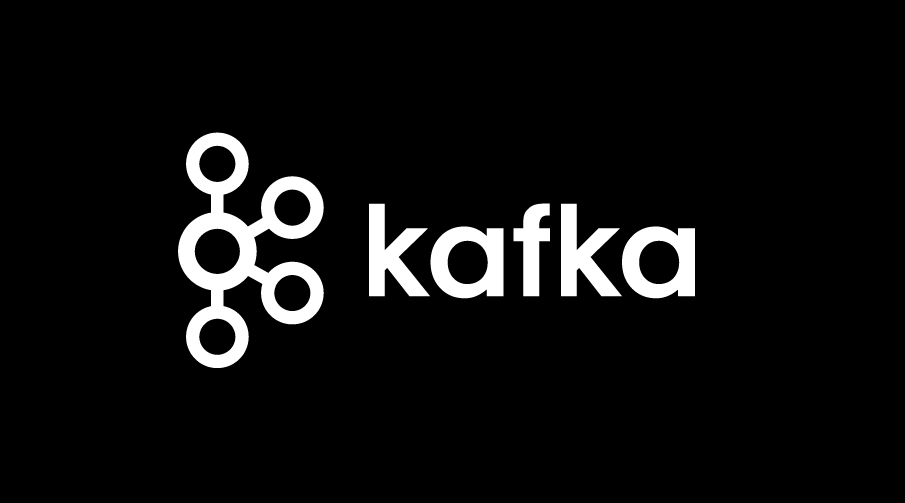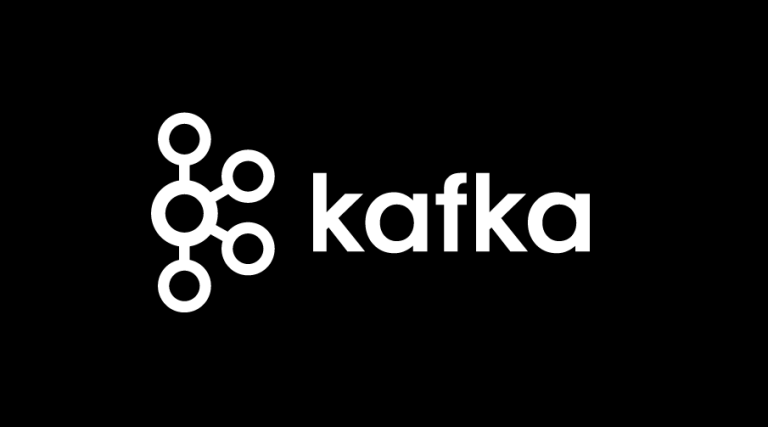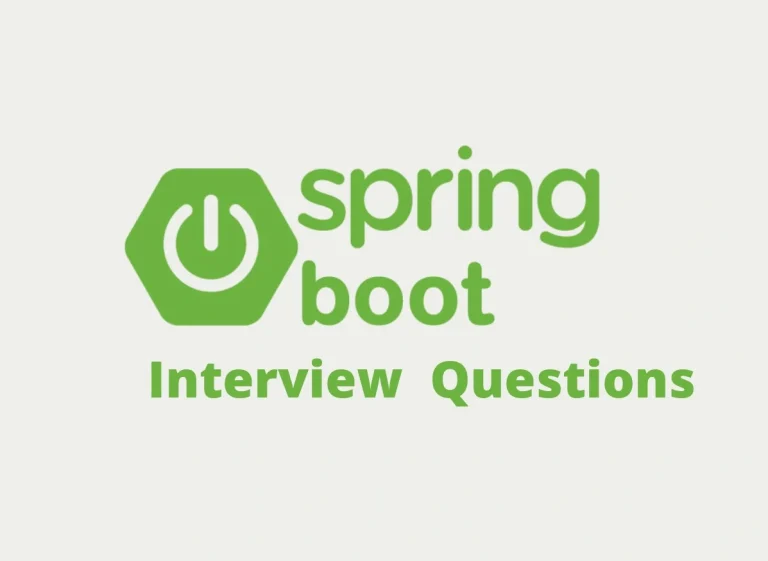How Kafka Ensures Message Durability
When working with distributed systems, ensuring that no data is lost during message delivery is a challenge that few messaging platforms manage as effectively as Apache Kafka. Whether you’re designing real-time analytics, event-driven architectures, or log aggregation systems, Kafka’s durability features instill confidence that your messages are not just fast but also reliably stored and available.
This blog explores how Kafka achieves message durability with acknowledgment settings, replication factors, write-ahead logs, and intelligent mechanisms to prevent data loss. By the end of this post, you’ll also see practical examples of using Kafka with Spring Boot, complete with code snippets to get you started.
Acknowledgment Settings
Acknowledgment settings are central to ensuring that your messages are safely delivered and processed. Kafka enables you to configure how producers and brokers confirm message reception.
Kafka producers use the acks parameter to determine the level of acknowledgment required from the broker. Here are the common settings:
- acks=0: The producer does not wait for acknowledgment from the broker. While it is fast, there’s a higher risk of data loss.
- acks=1: The leader broker acknowledges the message once it is written to its log. This provides a middle ground between speed and durability.
- acks=all (or acks=-1): The producer waits until all in-sync replicas (ISRs) confirm the message, ensuring maximum durability.
Example Kafka producer configuration in Spring Boot
Here’s how to configure the acknowledgment settings in your Spring Boot application using the Kafka Producer properties:
spring.kafka.producer.bootstrap-servers=localhost:9092
spring.kafka.producer.key-serializer=org.apache.kafka.common.serialization.StringSerializer
spring.kafka.producer.value-serializer=org.apache.kafka.common.serialization.StringSerializer
spring.kafka.producer.acks=all
This configuration ensures that messages have the highest level of acknowledgment, reducing the chances of message loss.
Replication Factor
Replication is another critical aspect of Kafka’s durability model. Each topic in Kafka can have multiple partitions, and each partition can have multiple replicas.
Key Concepts:
- Leader Replica: The partition replica responsible for handling all read and write operations.
- Follower Replica: Replicas that copy data from the leader for redundancy.
By setting a replication factor greater than 1, you ensure that data is mirrored across multiple broker nodes. For example:
- A replication factor of
3means the partition data is stored on three different brokers. Even if one broker fails, the data is still intact on the other two replicas.
Creating a Kafka topic with replication in Spring Boot
Spring Kafka provides an easy way to create topics programmatically:
@Bean
public NewTopic createTopic() {
return TopicBuilder.name("durable-topic")
.partitions(3)
.replicas(3)
.build();
}
The above configuration creates a topic named durable-topic with three partitions and a replication factor of three. This setup minimizes the risk of losing data due to broker failure.
Write-Ahead Logs
Kafka employs a write-ahead log mechanism that ensures every message is first written into a durable storage medium before being processed.
How It Works:
- Messages sent to a Kafka broker are appended to the partition log on disk.
- Only after the log is written to disk and acknowledgment is sent to the producer can the message be made available for consumption.
This disk-backed architecture significantly increases durability by ensuring messages are never lost, even during unexpected crashes.
Example of enabling log compaction in Kafka
Kafka allows you to configure log compaction for topics to retain only the latest version of a message key, optimizing disk usage and preserving data durability:
@Bean
public NewTopic compactedTopic() {
return TopicBuilder.name("compacted-topic")
.partitions(3)
.replicas(3)
.config("cleanup.policy", "compact")
.build();
}
How Kafka Avoids Data Loss
Kafka combines several mechanisms to prevent data loss, even under extreme conditions. Here’s how it does it:
- ISR Mechanism: Messages are only committed when acknowledged by all in-sync replicas.
- Data Retention Policies: Kafka retains messages for a configurable duration, ensuring consumers can access data even after processing delays.
- Idempotent Producers: Kafka producers can be configured to avoid duplicate messages, maintaining data integrity.
By combining these features with robust acknowledgment settings, Kafka creates a durable messaging platform for mission-critical applications.
Spring Boot Examples with Code Snippets
Now that we’ve covered the durability mechanisms, let’s explore practical examples using Kafka with Spring Boot.
Example 1: Create a Kafka Producer for Durable Messaging
Below is a simple producer that sends messages to a topic configured with a replication factor and acknowledgment settings.
ProducerService.java:
@Service
public class ProducerService {
private final KafkaTemplate<String, String> kafkaTemplate;
public ProducerService(KafkaTemplate<String, String> kafkaTemplate) {
this.kafkaTemplate = kafkaTemplate;
}
public void sendMessage(String topic, String message) {
kafkaTemplate.send(topic, message);
}
}
Controller to Trigger Message Sending:
@RestController
@RequestMapping("/kafka")
public class KafkaController {
private final ProducerService producerService;
public KafkaController(ProducerService producerService) {
this.producerService = producerService;
}
@PostMapping("/publish")
public ResponseEntity<String> sendMessage(@RequestParam String topic, @RequestParam String message) {
producerService.sendMessage(topic, message);
return ResponseEntity.ok("Message sent successfully");
}
}
Example 2: Kafka Consumer to Read Durable Messages
Create a consumer to process messages from the topic with high durability guarantees.
ConsumerService.java:
@Service
public class ConsumerService {
@KafkaListener(topics = "durable-topic", groupId = "group-id")
public void consumeMessages(String message) {
System.out.println("Received message: " + message);
}
}
This setup ensures the durability of messages by leveraging Kafka’s built-in replication and acknowledgment mechanisms.
Why Kafka’s Durability Matters
Data loss can be a critical failure for most modern businesses, especially as data-driven operations expand. Kafka’s meticulous attention to durability through mechanisms like acknowledgment settings, replication factors, and write-ahead logs offers peace of mind to organizations relying on high-velocity, high-volume messaging.
By applying these principles in your Spring Boot applications, you can ensure that your messaging platform remains robust, scalable, and fault-tolerant.
Meta Data
Meta title
How Kafka Ensures Message Durability with Spring Boot
Meta description
Learn how Kafka ensures message durability through replication, write-ahead logs, and acknowledgment settings, with Spring Boot examples and code snippets.



